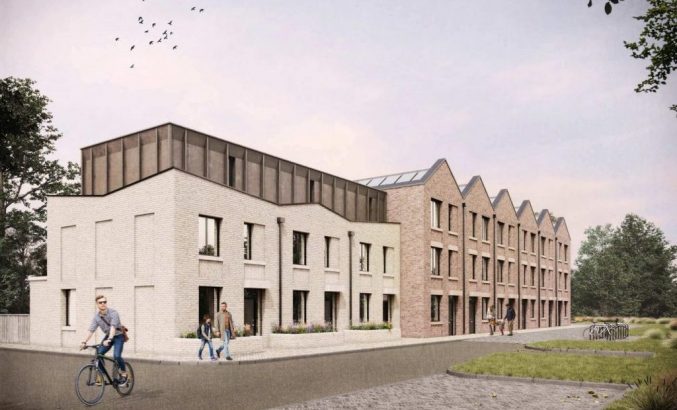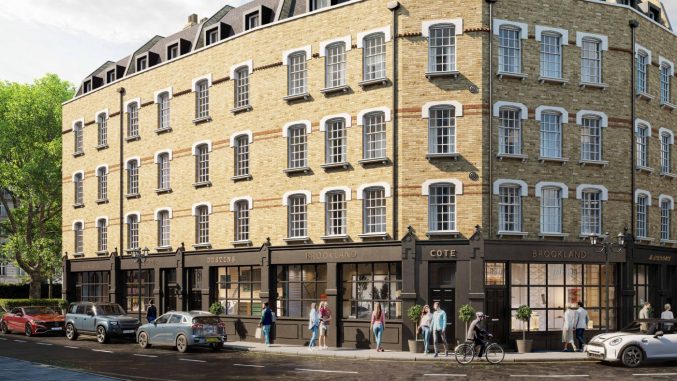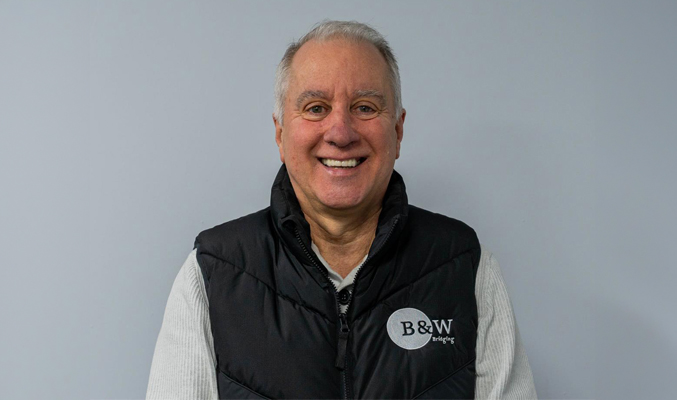Alternative property investments account for over 10 per cent of IPD UK quarterly index
By Bridging Loan Directory
Allocations to alternative property assets have more than doubled in the last decade, according to data from IPD.
Assets outside the traditional property sectors covering retail, offices and warehouses now account for 11 per cent of assets (by property number) in the GBP109bn IPD UK Quarterly Property Index.
Funds and institutional investors, often looking for long-term income returns to offset continuing low gilt yields, have found a number of income generating opportunities in the alternative sector, and critically, not often directly linked to GDP.
Conversely, many cash strapped operators, whether government or private, have realised the inefficiency of holding large assets on their balance sheet, which can be run by the private sector.
Leading figures in the property industry believe that funds’ allocation to alternative assets – such as healthcare, leisure and residential properties – could exceed 20 per cent of their total property investment by 2020.
The research, which will be launched to coincide with the IPD Alternative Investments Conference, shows that alternative assets made up just four per cent of the IPD UK Quarterly Property Index in 2001 (by number of properties), but that allocation rose to 11 per cent by the middle of 2013. Hotels, infrastructure and healthcare, along with residential, leisure, student accommodation, rural and forestry assets are now attracting investors looking to diversify their base of returns.
The growth in the allocation to alternatives has been balanced by a reduction in exposure to the traditional sectors. Retail allocations were 46 per cent in 2001, but have since fallen to 38 per cent of the IPD Universe, while offices saw allocations drop from 26 per cent to 23 per cent.
Mark Weedon, vice president and head of alternative investments, IPD, said:
“Traditionally, property allocations within funds have been around 10 per cent. However, the growing attraction of alternative assets, because of a desire to match liabilities, reduce volatility and buy into longer leases, is widening this.
“The definition of real estate is changing and the need for greater transparency in this space is an essential requirement.”
Rob Martin, director of research at Legal & General Property, said:
“Upheaval in the financial markets since 2007 has changed the way that many investors look at property. Demographic change is a powerful driver of demand in housing and healthcare, while the UK’s world leading universities have powered strong growth in purpose-built student accommodation.
“We would expect allocations to alternative assets to make up over 20 per cent of the market by 2020. The main attraction of alternative forms of real estate are the different lease structures, which provide the stable, long-term income that many are seeking in order to match liabilities, as well as their greater diversification qualities. This is an exciting time that will strengthen the investment case for the asset class.”
Daniel Bowden, fund manager for alternative property at AXA REIM, said:
“While pricing pressures in the gilt market and volatility in the equity markets have been a trigger into alternative investments, the fundamental drivers were already there – assets on the government balance sheet can sit more efficiently in the private sector.
“Primary healthcare investments offer bond like returns on a twenty year income, coupled with capital resilience. While GDP is highly correlated to the performance of office demand, healthcare spending will continue. When you combine the two you have a serious reason to invest.
“This level of demand also drives the care/retirement homes market. Despite high profile setbacks, the UK’s demographics will drive demand in this sector, and we only need to look to the US to see what potential there is for growth in the UK.”
Adrian Wright, partner, real estate group at CMS Cameron McKenna, said:
“Global instability, low bond yields and volatile equities have pushed an increasing amount of investors towards real estate, but not necessarily the traditional sectors.
“Alternative assets, whether through income or capital plays, offer a diverse base of returns that can fit into a variety of different portfolios, risk profiles and strategies, hence their surge in popularity.
“Though UK real estate returns have shown a recent improvement this year, in line with the UK economy, alternative real estate has found a steady place in portfolios, for diversification and risk mitigation, a place that is unlikely to go away.”









